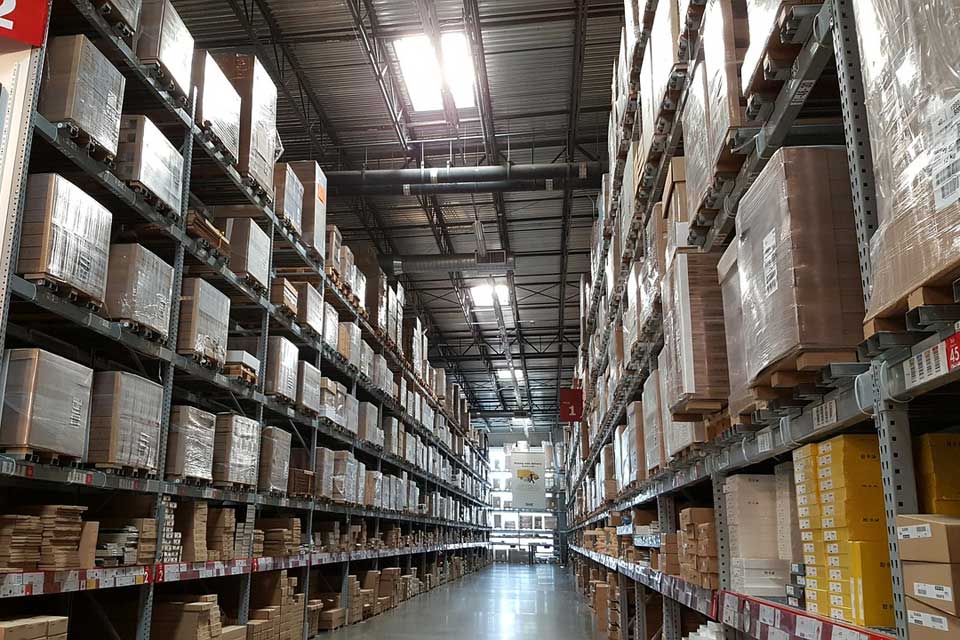Warehouse operations across the UK are undergoing a quiet revolution. With supply chain volatility, rising labour costs, and increasing customer expectations for speed and accuracy, logistics leaders are under pressure to optimise every inch of warehouse space and every minute of operational time. To meet these demands, many are turning to AI-powered Warehouse Management Software (WMS) – and it’s changing the game.
Once considered a back-office tool for basic stock control and order management, WMS platforms are now at the heart of intelligent, data-led warehouse ecosystems. With the integration of artificial intelligence (AI) and machine learning (ML), these systems are enabling smarter, faster, and more predictive decision-making across the entire fulfilment lifecycle...
1. Predictive Inventory Management
Traditional inventory forecasting relied heavily on static historical data and manual adjustments. AI-driven WMS platforms, however, can analyse real-time demand signals, supplier performance, lead times, and external factors—such as seasonal trends or economic shifts—to predict stock requirements with greater precision.
✔ Prevents overstocking and understocking
✔ Reduces dead stock and obsolescence
✔ Enhances responsiveness to demand spikes or disruptions
By dynamically adjusting replenishment triggers and safety stock levels, AI-enhanced systems reduce capital tied up in inventory while maintaining high service levels.
2. Intelligent Slotting and Space Optimisation
Smart WMS solutions now use machine learning algorithms to constantly analyse SKU movement patterns, product dimensions, and order frequency to optimise warehouse slotting. This means high-turnover items are automatically moved closer to dispatch zones, and space utilisation is continually refined for efficiency.
✔ Reduces travel time for pickers
✔ Minimises congestion in busy areas
✔ Supports multi-channel fulfilment models
In high-volume warehouses, these improvements can deliver double-digit productivity gains without additional headcount or expansion.
3. Real-Time Decision Support
AI-driven WMS platforms can now surface actionable insights in real time, helping managers make smarter decisions on:
✔ Workforce scheduling based on inbound/outbound volume forecasts
✔ Adjusting picking routes to reduce congestion
✔ Alerting teams to anomalies or performance issues before they escalate
This predict-and-act capability marks a significant leap from reactive warehousing toward predictive logistics management.
4. Integration with Robotics and IoT
Modern WMS platforms are also acting as command centres for automated mobile robots (AMRs), smart conveyors, and IoT-enabled tracking devices. AI algorithms orchestrate task assignments across human and robotic workforces, maximising throughput while minimising idle time and errors.
By delivering improved inventory accuracy, predictive insights, and real-time optimisation, these smart platforms are empowering UK warehouses to achieve more with less, adapt quickly to change, and stay ahead in a demanding logistics landscape.
Are you searching for Warehouse Management Software solutions for your organisation? The Total Supply Chain Summit can help!
Photo by Mauricio Gutiérrez on Unsplash







